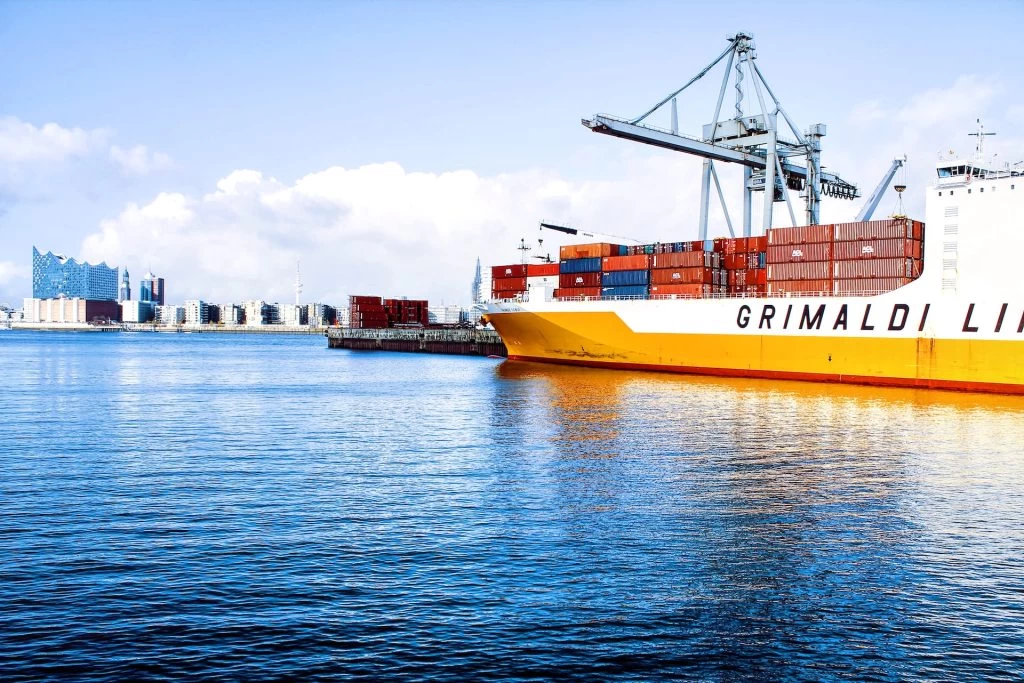Three Types of Logistics: Inbound, Outbound, Reverse
Logistics Explained: Each business that deals with transporting, distributing, and storing goods must include logistics as a crucial component. Ensuring that goods and services are delivered to the correct location at the appropriate time and in an appropriate condition plays a crucial part in ensuring that businesses can meet the demands of their customers. Companies can use many types of logistics techniques to ensure that their supply chains run smoothly and effectively. In this blog, we will go over the three types of logistics: inbound, outbound, and reverse logistics.
What Do You Mean by Logistics?
“logistics” refers to controlling the acquisition, smart warehousing, and delivery of goods to their designated place. Choosing potential distributors and vendors and evaluating their efficiency and accessibility are all part of the supply chain.
Three Types of Logistics
In a supply chain system, logistical processes refer to the movement and direction of particular goods,
packets, shipments, or items. The three types of logistics in a supply chain system are explained below:
- Inbound logistics
- Outbound logistics
- Reverse logistics
What is Inbound Logistics?
Inbound logistics refers to the processes involved in receiving, storing, and distributing goods or materials from suppliers to a business or organization. This includes managing inventory, coordinating transportation, and arranging for the delivery of goods to the final location. For example, when a company needs to produce a product, it must obtain the necessary materials or goods. Inbound logistics is the set of processes that helps it acquire those materials and transport them to its facility or warehouse.
Inbound logistics aims to ensure that materials or goods arrive on time, in good condition, and at the right place while also minimizing costs and maximizing efficiency. This involves managing relationships with suppliers, coordinating transportation schedules, and optimizing inventory levels to reduce waste and ensure that production is not disrupted due to shortages.
Effective inbound logistics can be a critical factor in the success of a business, as it can impact everything from production schedules to customer satisfaction. By streamlining their inbound logistics processes, businesses can improve their supply chain operations, reduce costs, and provide better service to their
customers.
What is Outbound Logistics?
Outbound logistics refers to the transfer of finished goods or any other items and data from manufacturing facilities to the succeeding supply chain link. These goods are moved through warehouses and soon reach the consuming location (in the hands of the final consumer). In some contexts, this is known as the order fulfillment process. Generally, businesses employ outbound logistics to ship and deliver their products from their warehouses to their clients.
Outbound shipping logistics heavily relies on the distribution chain. The company’s distribution networks and transport facilities should appreciate the importance it is attempting to offer clients. The growth of e-commerce in the retail sector increases the importance of an efficient outbound logistics flow. More than any other business, the retail e-commerce business has a significant outbound logistics operation.
Some companies use multichannel fulfillment as part of their outbound logistics strategy to optimize the order fulfillment process by synchronizing inventory, shipping, and customer data across different sales channels. This ensures a seamless and consistent experience for customers regardless of how they shop.
What is Reverse Logistics?
As you may have guessed, reverse logistics involves transferring products or items from end consumers back through the logistics system to the appropriate party. Returned things that may need servicing or repairs, refurbishment, resale, recycling, reclamation, or proper waste disposal before being sold or utilized are examples of situations where this occurs.
This flow essentially covers all activities that occur after an item has been sold or has reached the end of its cycle. The two industries that use this method the most are those that manufacture automobiles and electrical equipment. Businesses need methods and systems for managing returns to reduce recovery costs, boost recaptured value, and improve visibility.
When customers receive refunds for returned goods (particularly seasonal goods) that cannot be resold at the original price owing to wear and tear deterioration or damage, businesses in the e-commerce retail industry suffer from return costs. Establishing a return policy helps reduce the expenses associated with reverse logistics since it restricts and controls the number of returns.NimbusPost is an e-commerce shipping solution that provides businesses with end-to-end logistics services. Their process includes order management, tracking, shipping, and delivery management, all integrated into one platform.
Conclusion
Logistics is a critical component of supply chain management, and understanding the different types of logistics operations is essential for businesses to optimize their operations. Inbound logistics is focused on managing the flow of goods and materials into a company, outbound types of logistics focuses on transporting finished goods to customers, and reverse logistics deals with the return and disposal of products.
Each type of logistics has its unique challenges and requirements, and companies must have an efficient and effective logistics system to succeed. By prioritizing customer satisfaction, cost-effectiveness, and sustainability, businesses can streamline their logistics operations and ensure they meet the market’s ever-changing demands.
